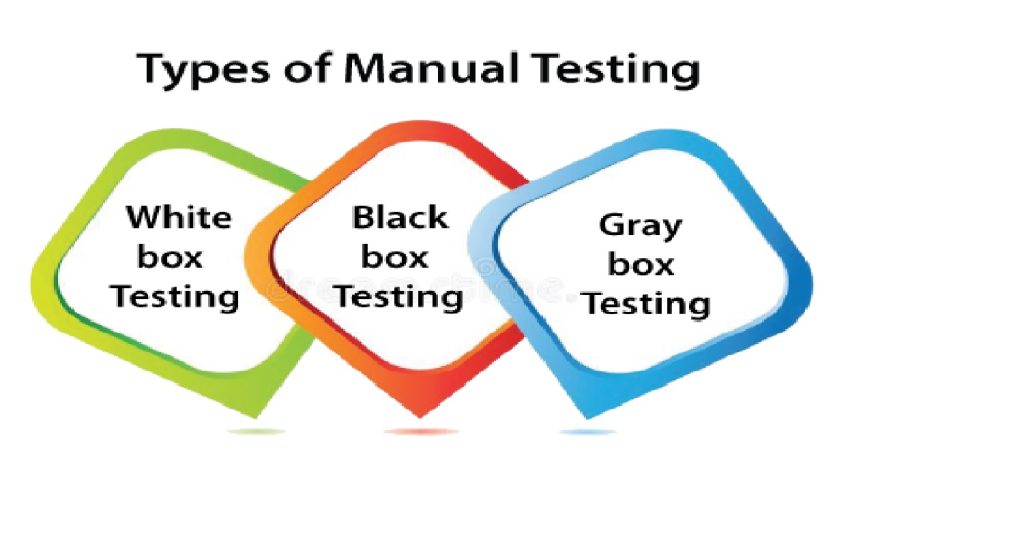In the realm of software development, ensuring the reliability, functionality, and security of an application is of utmost importance. One crucial aspect of this process is software testing. To uncover potential issues and vulnerabilities, various testing techniques are employed, including black box testing, white box testing, and grey box testing. In this blog post, we will delve into the details of these testing approaches, exploring their characteristics, advantages, and use cases.
-
Black Box Testing: Black box testing is a technique where the tester has no knowledge of the internal workings of the system under test. The tester treats the software as a black box and focuses solely on the inputs and outputs. The primary objective is to evaluate the software's functionality, reliability, and usability without considering its internal structure. Some common methods used in black box testing include equivalence partitioning, boundary value analysis, and use case testing. This approach is beneficial for uncovering issues that users might encounter.
-
White Box Testing: In contrast to black box testing, white box testing involves deep knowledge of the internal structure, design, and implementation of the software being tested. Testers have access to the source code and internal components, allowing them to create test cases based on this understanding. The primary goal is to evaluate the software's internal behavior, code coverage, and potential vulnerabilities. Techniques such as statement coverage, branch coverage, and path coverage are commonly used in white box testing. It is an effective approach for identifying errors, verifying code logic, and optimizing software performance.
-
Grey Box Testing: As the name suggests, grey box testing lies somewhere between black box and white box testing. Testers have limited knowledge of the internal workings of the system under test. They possess partial information about the architecture, design, or algorithms used in the software. This approach enables a balance between testing from an end-user's perspective and considering the internal structure. Testers can target specific areas for testing while maintaining a broader focus on the software's functionality. Grey box testing is often used when some knowledge of the internal system is available but full access is not feasible.
Advantages and Use Cases:
-
Black Box Testing: It provides an unbiased evaluation of the software, simulating real-world user scenarios. It is ideal for validating requirements, ensuring functional compliance, and detecting usability issues.
-
White Box Testing: It enables thorough testing of internal code, ensuring code correctness, and identifying potential security vulnerabilities. It is valuable in mission-critical systems, security-focused applications, and complex software modules.
-
Grey Box Testing: It combines the advantages of black box and white box testing, allowing targeted testing with partial knowledge. It is useful when limited access to internal code is available, and the focus is on specific features or functionalities.
Conclusion: Software testing is a critical phase in the software development lifecycle, and selecting the appropriate testing approach is vital to uncovering potential issues. Black box, white box, and grey box testing offer different perspectives and techniques to assess software functionality, reliability, and security. Understanding these testing approaches empowers testers and helps ensure the delivery of high-quality, robust software applications that meet user expectations.
Remember, the choice of testing approach depends on the specific requirements of the software being tested. Incorporating a combination of black box, white box, and grey box testing can provide comprehensive test coverage and contribute to the overall success of the software development process.
Software development is a complex process that requires meticulous testing to ensure the delivery of a high-quality product. While automated testing has gained prominence in recent years, manual testing remains an indispensable part of the testing strategy. Manual testing offers the advantage of human intuition, adaptability, and the ability to identify visual or usability issues that automated tests may miss. In this blog post, we will explore various types of manual testing and their significance in the software development lifecycle.
-
Exploratory Testing: Exploratory testing is an approach that emphasizes human exploration and creativity. Testers with domain knowledge and expertise in the software's functionality perform ad-hoc testing without relying on predefined test cases. This type of testing is useful when there is limited documentation or evolving requirements, as it helps uncover unforeseen issues and provides valuable feedback for improving the product.
-
Usability Testing: Usability testing focuses on evaluating the user-friendliness and intuitiveness of a software application. Testers simulate real user scenarios to assess the ease of navigation, efficiency, and overall user experience. By gathering feedback on interface design, user flows, and user satisfaction, usability testing helps identify areas of improvement to enhance user engagement and adoption.
-
Acceptance Testing: Acceptance testing, also known as user acceptance testing (UAT), ensures that the software meets the requirements and expectations of end-users. Testers simulate real-world scenarios to validate the system's compliance with user-defined acceptance criteria. By involving end-users in this testing phase, organizations can ensure that the software aligns with their needs and addresses their specific use cases.
-
Regression Testing: Regression testing involves retesting previously validated functionalities after implementing new changes or bug fixes. Testers verify that the modifications have not introduced any unintended side effects or caused regression in existing features. This type of testing helps maintain the stability and integrity of the software by ensuring that previously functioning aspects remain unaffected.
-
Smoke Testing: Smoke testing, also known as build verification testing, is performed to quickly assess the stability of a software build. Testers execute a set of basic tests to determine if the build is stable enough to proceed with more extensive testing. Smoke testing helps identify critical issues early in the development cycle and saves time by preventing the allocation of resources to faulty builds.
-
Compatibility Testing: Compatibility testing ensures that the software functions seamlessly across different hardware, operating systems, browsers, and devices. Testers perform compatibility tests to verify if the application works as intended in various environments. This testing type helps identify and resolve compatibility issues, providing a consistent user experience across different platforms.
-
Localization Testing: Localization testing validates the software's functionality and linguistic accuracy in different locales or target markets. Testers ensure that the application appropriately adapts to regional settings, language translations, date formats, currencies, and cultural preferences. By performing localization testing, organizations can avoid embarrassing and costly mistakes that may arise due to cultural insensitivities or linguistic inaccuracies.
-
Security Testing: Security testing is crucial to identify vulnerabilities and ensure the protection of sensitive data. Manual testers employ techniques like penetration testing, vulnerability scanning, and security code reviews to evaluate the software's resistance to potential security threats. By identifying security loopholes, organizations can implement necessary measures to safeguard their systems and prevent unauthorized access.
Conclusion: While automation plays a vital role in software testing, manual testing remains indispensable in ensuring software quality. The human element allows for a deeper understanding of user needs, intuition-driven exploration, and the identification of critical issues that automated tests may miss. By leveraging different types of manual testing, organizations can enhance the overall quality, usability, security, and compatibility of their software applications. Incorporating manual testing alongside automated testing methodologies forms a comprehensive strategy for delivering robust and user-centric software solutions
For Free, Demo classes Call: +91-8149911142
Registration Link: Click Here!
Mentor - Komal Bhutale
Intormation and research are sources from internet.

